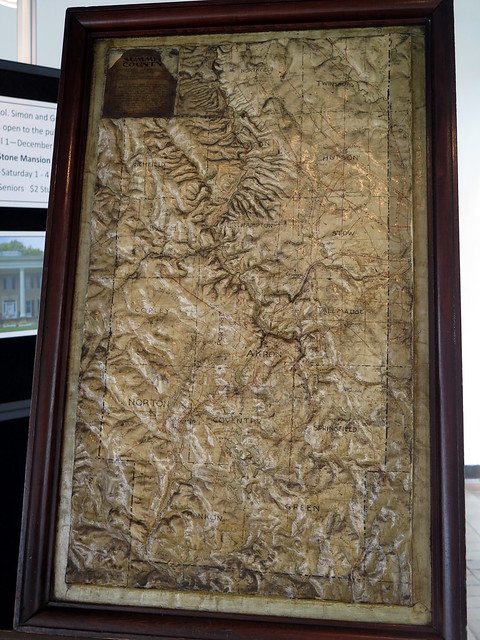This is an older map, but college football season is approaching and this map is a favorite of mine.
The New York Times used the volume of Facebook "likes" for each ZIP code to put together a map of college football fandom.
Ohio State fans, similar to Wisconsin and Arkansas, pretty much form a contiguous block in their respective state. Others are much more divided.
I was in in Fort Wayne, Indiana, recently, and was surprised to see a sports bar with Ohio State, Michigan State, and Indiana University flags flying out front. I would have expected to see Purdue or even maybe Michigan flags; and looking at the map, appears that Notre Dame fans make up the majority of the Fort Wayne area, followed by Purdue and then Ohio State, so I suspect that particular bar was a bit of a unique outlier.
Still, there are plenty of Michigan fans in Toledo, Ohio University and West Virginia fans in Southeast Ohio, and University of Cincinnati and University of Kentucky fans in the Cincinnati area.
As always, with an interactive map like this, the real fun is zooming in and looking closely at specific areas.




